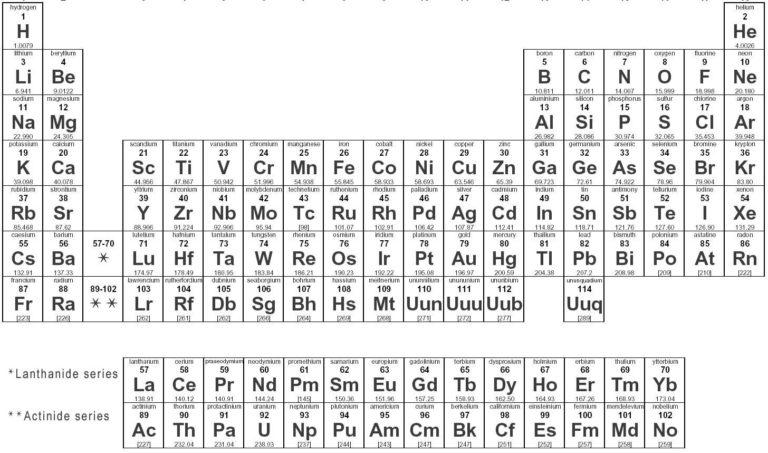The usage of solutions’ colligative properties in the molecular masses determination of different compounds is one of the easiest and simplest ways. Since solutions’ colligative properties are dependent on the solute’s number of molecules only in them, this method is particularly in use to determine complicated molecules’ molar masses, and the molar masses of polymers, macromolecules, and proteins.
A solution with a known concentration of a substance is processed in the solvent whose vapor pressure or freezing or boiling point is already known to you. The property which has to be measured is selected in a manner that its measurements happen to be easy and simple under given conditions plus they don’t change noticeably.
Now, consider the colligative properties one at a time and the calculation of molecular weight based on the following properties:
1. Elevation of Boiling Point
As per our knowledge, pure solvent’s boiling point increases when the solute of non-volatile nature is mixed into it. This boiling point elevation is proportionate to solute’s molal concentration in a solution.
It’s mathematically represented as:
∆Tb = Kbm
Where,
ΔTb = the elevation in boiling point
Kb = Constant of Boiling Point Elevation
m = Solution’s molal concentration
As we know that molality refers to the number of moles of solute per kilogram of a solvent.
So, now let’s take solute’s weight as w2, which is having molar mass M2 dissolved in solvent of w1 grams. Then, molality can be expressed as:
m = moles of solute / mass of solvent in Kg = w2/M2w1/1000
m=moles of solute / mass of solvent in Kg = w2/M2 / w1/1000
⇒m=1000×w2 / w1×M2
Now, the elevation of boiling point is expressed as:
∆Tb = Kb×1000×w2 / w1×M2
So, now if you rearrange above equation, we will get:
⇒M2 = Kb × 1000 × w2 / w1 × △Tb
The equation above gives us the relation between colligative property and molecular weight which is boiling point elevation.
2. Depression of Freezing Point

Another colligative property belonging to solutions is the freezing point depression which gives you the possible way for determination of molar masses of different substances, identical to boiling point elevation.
It’s known that freezing point depression is given in the form:
∆Tf = Kbm
Where,
ΔTf = freezing point depression
Kb = Constant of Freezing Point
m = solution’s molal concentration
From above explanation, now, it’s known that molality is expressed as:
M = 1000×w2 / w1×M2
Thus,
The depression in Freezing point is given as:
∆Tf = Kf×1000×w2 / w1×M2
Now if we rearrange the above equation, we get:
=>M2 = Kf×1000×w2 / w1×∆Tf
Hence, we can do the calculation of solute’s molar mass as per the above equation if we can do the measurements in calculating freezing point depression of solvent when the solute is added.
3.Osmotic Pressure
Osmotic Pressure is the pressure applied to just stop the flow of solvent molecules through a semi-permeable membrane from a dilute solution to a concentrated solution.
The osmotic pressure refers to the pressure exerted to exactly stop solvent molecules’ flow via a semi-permeable membrane.
It’s Mathematically represented as:
Π = CRT
Where,
π = osmotic pressure
C = solution’s Molar concentration
R = Universal gas constant
T = Temperature
So, solutions’ molar concentration contains w2 gms of solute which has M2 molar mass and the net volume of solution is V litres, and can be represented as:
C = w2/M2 / V = W2 / V×M2
So, you can write the osmotic pressure now as:
Π = w2RT / M2V
When you rearrange the above-mentioned equation, we get the result,
M2 = w2RT / πV
In this way, we can calculate the molecular weight of a substance with the use of the solution’s colligative properties.